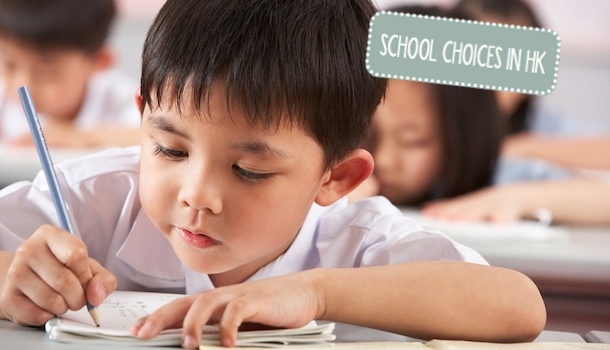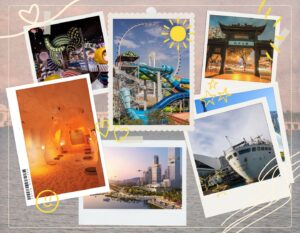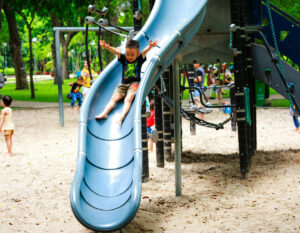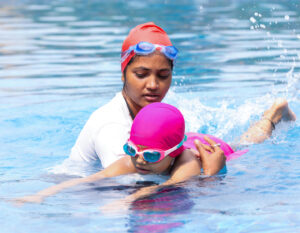
When choosing schools, getting the right combination of curriculum, style of teaching, language input, location and fees can be a lengthy and bewildering process for parents. Yet some other parents have very fixed ideas of what they want – even to the extent of which country they expect their three year old to choose for university!
Parents have a choice of matching primary to secondary school, or alternatively signing up for a through-train school. When considering the difference between all the schools available to them some of the criteria will be:
- Language
- Origins of the curriculum e.g. UK, IB, US, Canada
- Style of teaching
- Location and facilities
- Fees
- Academic reputation
- Where the school’s graduates tend to go to university
Being open-minded about the long term with regards to a child’s education is important, and yet the choices made in the early years can have an important impact later on. For example, clearly it is of great value to have strong Mandarin input in the early years if you are planning on a bilingual school for primary and secondary education. However, conversely, it is important to recognise that a curriculum can change over time, and also that schools can respond to changing demands.
As an example, over the last 10-20 years many UK curriculum schools in Hong Kong have pulled away from offering A-Levels and have chosen instead to offer the International Baccalaureate Diploma. Schools such as ESF, FIS, YCIS and now also GSIS all offer GCSEs followed by the IB Dip. Parents specifically searching out A-Levels may look now to Kellett and Harrow International School Hong Kong to name but two. It is therefore important to recognise that the end product of a school today may have changed by the time your little one reaches school leaving age.
Students following US and North American curricula in schools such as HKIS, AIS or ICS will generally find themselves continuing their studies in North America, although international school students are increasingly looking at staying in Hong Kong for tertiary education, or considering other universities around Asia.
The style of teaching between schools also varies tremendously, with local schools tending to have a more rigid approach and more homework, while some of the international schools may have a more liberal approach – particularly in the younger years – with little emphasis on formal homework. However, the majority of the international schools sit somewhere in the middle.
It is important to bear in mind that schools respond to the demands of parents and the shifts in education trends, and parents often lean towards the curriculum and school that offers familiarity to themselves. For example, local parents tend to expect homework from day one, while parents from US would not necessarily expect so much so early. Interestingly, parents often expect their little ones to want to go to University where they themselves studied, but by the time their now-three-year-old is considering secondary schools and university placements, the world will most likely be a much smaller place, and options will be out there that did not previously exist. Who would have thought 15 years ago that our options in 2014 would include UK boarding schools in Kazakhstan, and US University education in China? In another 15 years’ time it will be different again, and for parents today, giving good grounding in what they feel is important, while keeping options open as education changes with time is a long-term challenge.
 View All
View All










 View All
View All




 View All
View All


 View All
View All









